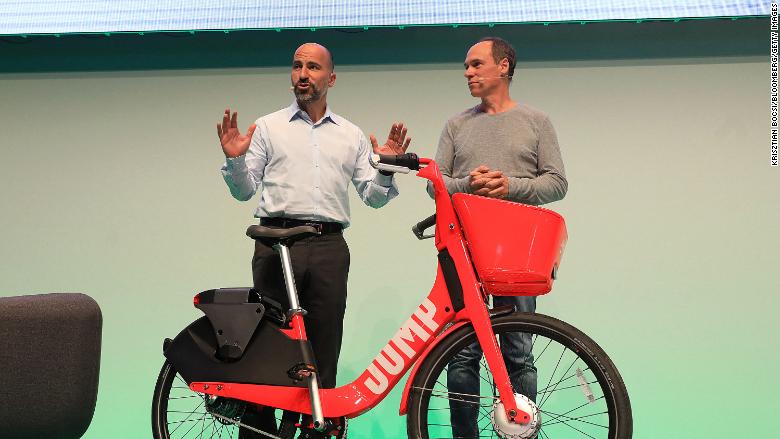The first rule of thumb for cycle touring is: Feel guilty about carrying anything more than your maps and water bottle.
It's the sort of advice I might have given when I was younger. But I cannot claim credit for it: The honor belongs to Doug Shidell and Phillip van Valkenberg. Their pearl of wisdom came in a book they co-authored:
Now tell me: Does that book look like it came out of the early '70's, or what? Well, it did, a couple of years after Shidell and van Valkenberg met. The former was a student at the University of Wisconsin-Madison, and the latter was a recent alumnus. They were a couple of long-haired guys with "hippie tendencies" and a recently-found passion for cycling.
They also loved their home state of Wisconsin, and their book is as much a billet doux to the Badger State as it is a guide to cycling in it. In addition to maps and descriptions of rides, it gave sage advice about how to deal with snarling dogs and whatever else a bicycle tourist might encounter, as well as counsel on how to live in the moment: "Marsh hawks spend much of their time sitting on fence posts in the fields," they wrote. "If you see a bird sitting or flying low over the fields, stop near a tree or bush to remain inconspicuous and watch him for a little while."
The book also had a sense of humor about everything, including the squeaky bearings on Shidell's bike: "We were serenaded by this bicycle's version of 'Song of the Volga Boatman' on every upgrade. Respite of sorts came later when a spot weld let go on one of Doug's racks, creating a squeak that completely drowned out the original noise."
Since that book was published, van Valkenberg, now 73, has written seven more about cycling in Wisconsin. He has also been a nearly non-stop advocate for cycling in the state, having worked to bring about the Elroy-Sparta State Trail and organized tours, races other rides. These days, he and his partner, Georgia Kaftan, ride a tandem recumbent bike.
Shidell is 67 and lives in Minneapolis. He was the first employee of Quality Bicycle Products, from which he's retired. He also has written about bicycling and bike advocacy for the Minneapolis Star-Tribune and started a website and map-publishing effort called Bikeeverywhere.
Interestingly, he says that his cycling and bike advocacy were motivated by environmental concerns. He first heard about global warming in the 1970s, he said, and because the "dangers made sense to me", he thought, "I'll just start riding a bike instead of driving around."
I wonder whether either of them carries anything more than his maps and water bottle--and, if he does, whether he feels guilty about it.
It's the sort of advice I might have given when I was younger. But I cannot claim credit for it: The honor belongs to Doug Shidell and Phillip van Valkenberg. Their pearl of wisdom came in a book they co-authored:
Now tell me: Does that book look like it came out of the early '70's, or what? Well, it did, a couple of years after Shidell and van Valkenberg met. The former was a student at the University of Wisconsin-Madison, and the latter was a recent alumnus. They were a couple of long-haired guys with "hippie tendencies" and a recently-found passion for cycling.
 |
| Doug Shidell and Phillip van Valkenberg. This photo was published on the inside of the back cover of Bicycle Escape Routes. |
They also loved their home state of Wisconsin, and their book is as much a billet doux to the Badger State as it is a guide to cycling in it. In addition to maps and descriptions of rides, it gave sage advice about how to deal with snarling dogs and whatever else a bicycle tourist might encounter, as well as counsel on how to live in the moment: "Marsh hawks spend much of their time sitting on fence posts in the fields," they wrote. "If you see a bird sitting or flying low over the fields, stop near a tree or bush to remain inconspicuous and watch him for a little while."
The book also had a sense of humor about everything, including the squeaky bearings on Shidell's bike: "We were serenaded by this bicycle's version of 'Song of the Volga Boatman' on every upgrade. Respite of sorts came later when a spot weld let go on one of Doug's racks, creating a squeak that completely drowned out the original noise."
Since that book was published, van Valkenberg, now 73, has written seven more about cycling in Wisconsin. He has also been a nearly non-stop advocate for cycling in the state, having worked to bring about the Elroy-Sparta State Trail and organized tours, races other rides. These days, he and his partner, Georgia Kaftan, ride a tandem recumbent bike.
Shidell is 67 and lives in Minneapolis. He was the first employee of Quality Bicycle Products, from which he's retired. He also has written about bicycling and bike advocacy for the Minneapolis Star-Tribune and started a website and map-publishing effort called Bikeeverywhere.
Interestingly, he says that his cycling and bike advocacy were motivated by environmental concerns. He first heard about global warming in the 1970s, he said, and because the "dangers made sense to me", he thought, "I'll just start riding a bike instead of driving around."
I wonder whether either of them carries anything more than his maps and water bottle--and, if he does, whether he feels guilty about it.


